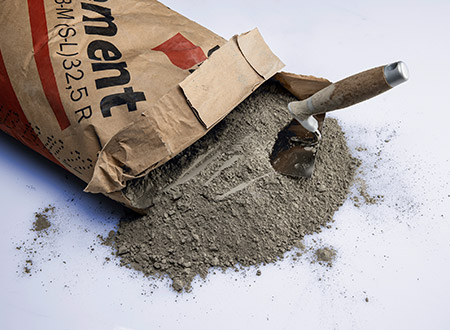
Cements
Cements are base components of extreme importance in our daily lives, comprised of numerous materials from calcium to silicon. Anton Paar offers customized and highly resistant solutions for measuring the composition, deformation and flow behavior of various cements or digesting cement samples for subsequent trace analysis. Find the measuring instrument that meets your particular needs in the instrument list below – or let us help you find the best solution by contacting us directly.
Anton Paar Products
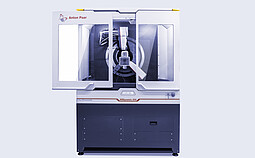
XRDynamic 500
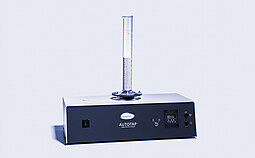
Autotap

Autotap Dual Station 220V / 50HZ

Autotap Single Station 220V / 50HZ
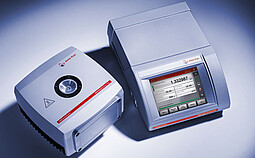
Abbemat
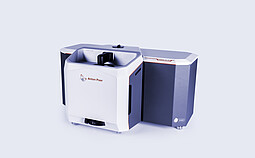
Litesizer DIA 500
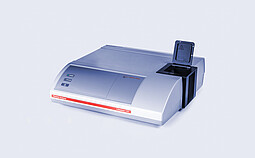
Litesizer DLS 100

Litesizer DLS 500
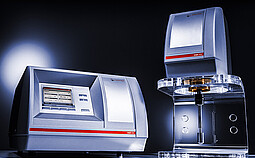
DSR 502
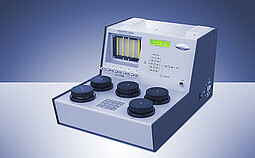
PentaPyc and PentaFoam 5200e
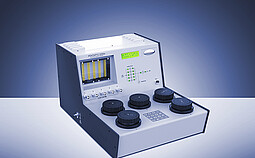
PentaPyc and PentaFoam 5200e Foam
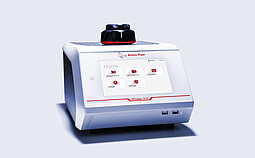
Ultrapyc
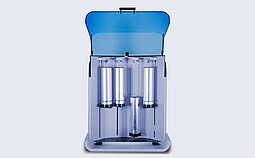
QUADRASORB evo
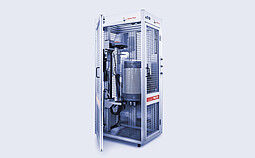
FRS
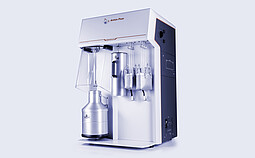
Autosorb
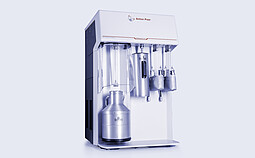
Autosorb 6100
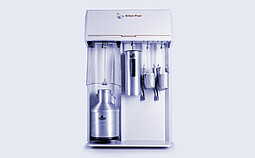
Autosorb 6200

Autosorb 6300
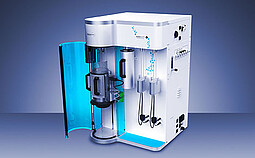
autosorb iQ C-AG

autosorb iQ C-MP

autosorb iQ C-XR
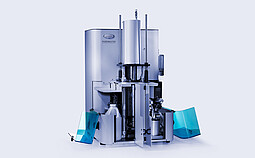
PoreMaster
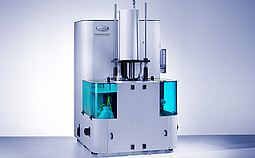
PoreMaster 33

PoreMaster 60

PoreMaster 60GT
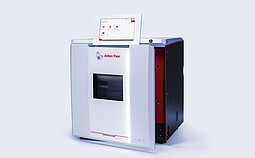
Multiwave 5000
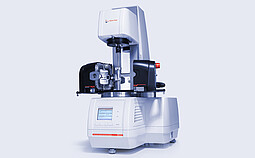
MCR 702e MultiDrive
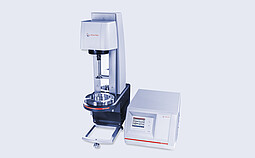
MCR 702e Space MultiDrive

MCR 72/92
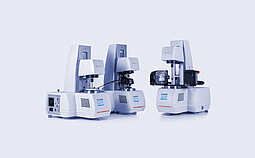
MCR 102e/302e/502e

Z-Alignment Stage

NST³

NHT³
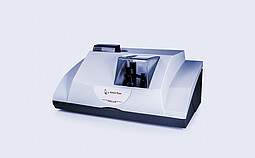
PSA
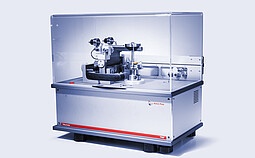
TRB³

RST³
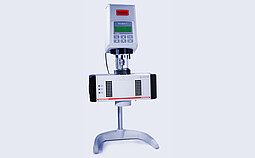
RheolabQC

UNHT³
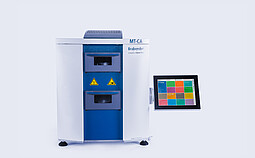
Brabender MT-CA
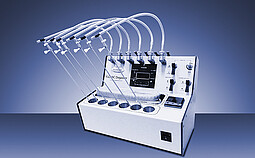
FloVac
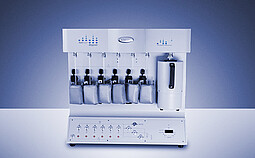
XeriPrep
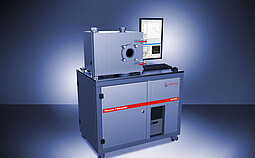
TRB V / THT V
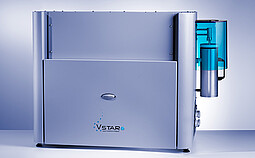
VSTAR

VSTAR 2 Station

VSTAR 2 Station Turbo

VSTAR 4 Station

VSTAR 4 Station Turbo
Webinars
We offer you a great and constantly growing choice of live webinars and recordings on products, applications, and scientific topics.
View webinarsApplication Reports
Explore our database of application reports and find out how to overcome challenges in your field.
View application reports
